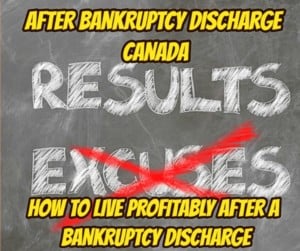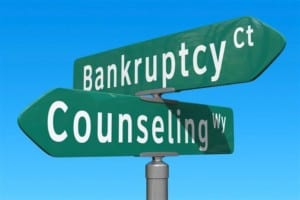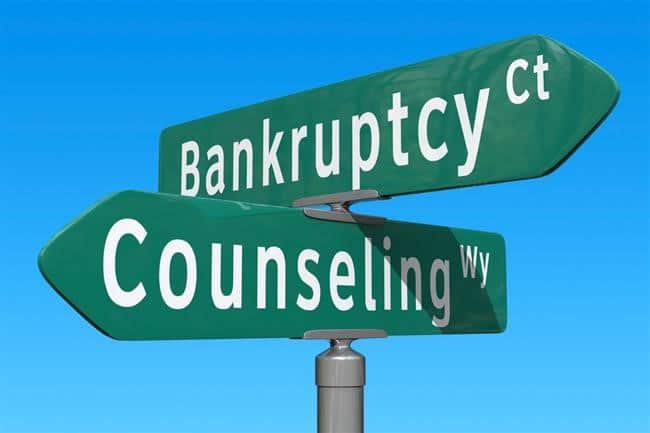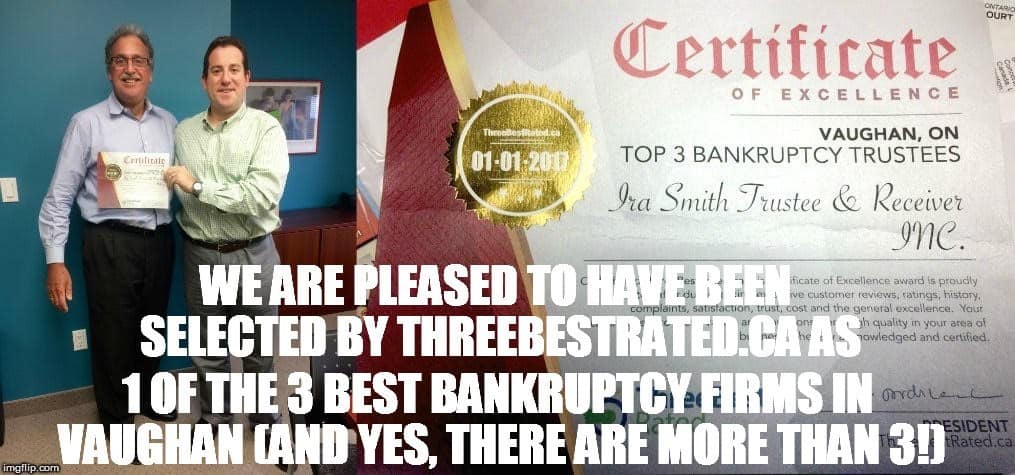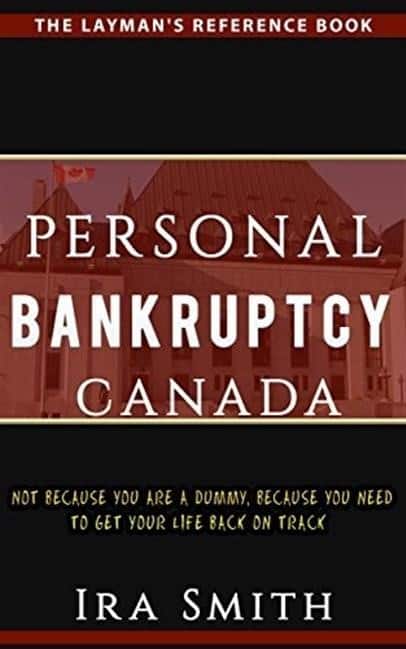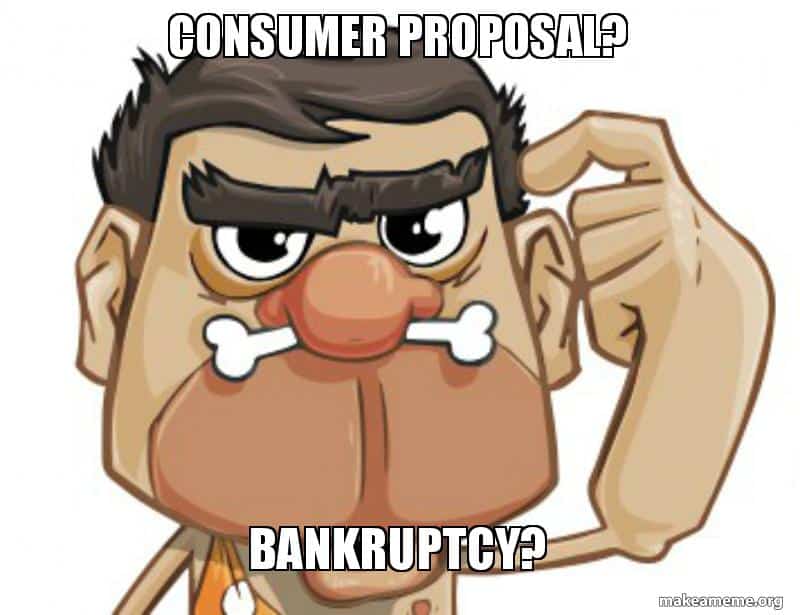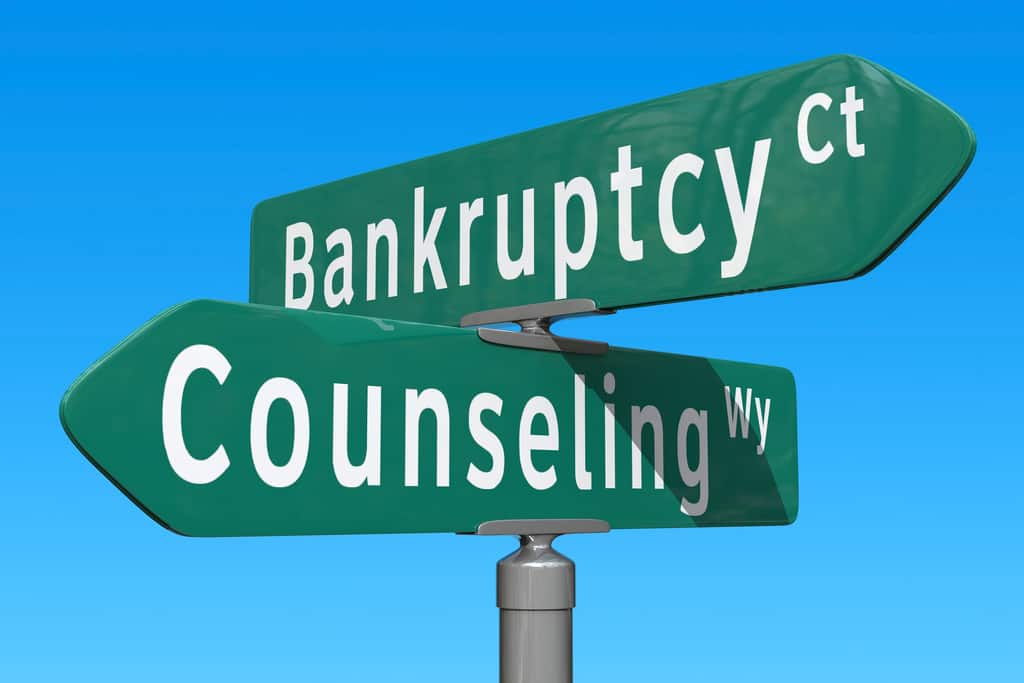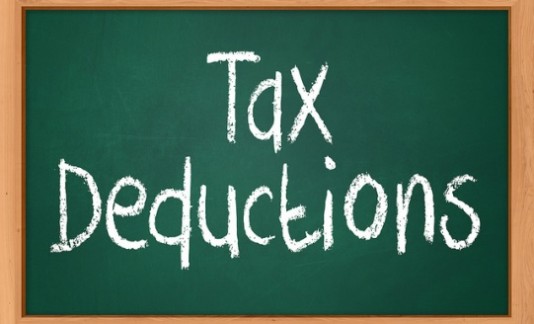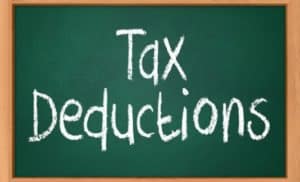
Toronto business bankruptcy protection: Introduction
The federal NDP party recently met in Hamilton, just outside of the Greater Toronto Area. There was a rally to argue for federal government regulation changes to safeguard pensioners in business bankruptcy and restructuring administrations.
Toronto business bankruptcy protection: Proposed NDP private member’s bill
Hamilton Mountain MP Scott Duvall, the New Democrats’ pension plan critic, informed a group at the United Steelworkers’ Hall that he will certainly present a private member’s bill to secure employees’ pension plans and benefits, and pressure business to offer termination or severance pay, prior to paying secured lenders.
Toronto business bankruptcy protection: The U.S. Steel Canada saga
The concern has actually been a lengthy simmering one with unions and created significant debate throughout the almost three-year, court-supervised restructuring of U.S. Steel Canada. The company exited from its business bankruptcy protection proceedings with a brand-new owner– Bedrock Industries– as well as an old name, Stelco.
Pensioners were smarting. The court permitted the firm to put on hold health benefit repayments for a year and a half while the business was under bankruptcy protection under the Companies’ Creditors Arrangement Act (CCAA).
Generally, these advantages have been maintained by the reorganized business. Pensioners are fretting that a financing system to maintain the pension plan solvent will ultimately fail. It calls for, inter alia, extra Stelco land to be cleaned up, marketed and sold for the net sales proceeds to cover future pension plan commitments.
Toronto business bankruptcy protection: Sears Canada too
Duvall, with NDP leader Tom Mulcair, claimed one more instance of exactly how the regulations are unfair to employees. They cited the Sears Canada situation. Sears Canada remains in business bankruptcy protection. Its employees are encountering a potential decrease in their pension plan benefits.
Toronto business bankruptcy protection: Fairness for employees
They say this should have to do with justness for employees. The NDP wants to see a Canada that benefits every person as well as seeing to it that companies, including multinationals, cannot take the pension plans their employees have earned.
They state that the existing regulation permits funds that ought to go to employees’ pension plans to be given to the secured creditors instead. The NDP is especially concerned when the secured lender is the financially troubled or creditor-protected company’s parent company.
Stelco’s biggest secured lender was U.S. Steel in the United States. The $500 million restructuring saw the American firm get $130 million.
Toronto business bankruptcy protection: Pension plan funding should have first priority
The Duvall proposed private member’s bill would call for pension plans to be 100 percent funded prior to secured lenders being paid. Firms would certainly not be permitted to put on hold retirement benefits in court-supervised restructurings, which occurred with U.S. Steel Canada.
The NDP is calling their proposal “End Pension Theft”. It focuses on altering CCCA legislation as well as the Bankruptcy and Insolvency Act (BIA) to stop companies from placing investors, financial institutions and other lenders ahead of their staff members when they go into bankruptcy protection.
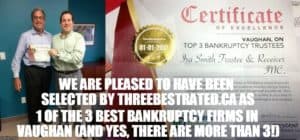
Toronto business bankruptcy protection: Is there a comparable precedent for such an amendment
Yes there is – the enactment of the Wage Earner Protection Program Act (WEPPA). From 1975, proposals were proactively taken into consideration for the facility of a wage protection plan for when the bankruptcy, liquidation or receivership of a company. The many choices gone over for just how this could be attained consisted of:
- very top priority for wages;
- acknowledgment of existing provincial/territorial concerns within the BIA structure;
- a waiver of the waiting time for EI benefits; and
- a wage earner protection fund financed either from basic tax revenue or as a part of the EI coverage regimen.
In November 2003, the Senate Committee on Banking, Trade and Commerce examined the background of these conversations and chose
the alternative for a super priority be taken on. Although the BIA was amended in 2005, these changes did not quickly come into force, as many technical amendments were required to be passed in 2007. The WEPPA came into force on July 7, 2008.
The reason for the timing of creating the WEPPA was a result of NDP pressure put on the minority Liberal government of Prime Minister Paul Martin. The Liberals agreed to the NDP proposal as part of obtaining continued NDP support for the minority government.
So there is precedent for a significant amendment to Canadian insolvency legislation.
Toronto business bankruptcy protection: How likely is such a pension reform in restructuring proceedings to succeed?
At this time, I believe there are certain obstacles from seeing such a significant overhaul being successful. The reasons I say this include:
- Today there is a Liberal majority government in power, so the support of the NDP party is not required for the government to pass the legislation it wishes to.
- Providing a super priority for all pension shortfalls would dramatically alter the way lending is done in Canada. Banks would be required to include pension plan actuarial shortfall calculations into their borrowing base calculations. It may end up that when there is a pension plan shortfall, there is no borrowing room available at all for a business. This would increase the number of insolvencies.
- If the number of business insolvencies increased, that could lead to an increase in job losses. That would hurt employees which would hurt the same group the private member’s bill would be trying the protect.
However, the Liberal government of Prime Minister Justin Trudeau has shown that it does try to play to whichever group the government feels it can gain votes from. So, it is not out of the realm of possibilities that the government would try to enact some legislation to give a limited super priority to a part of an underfunded pension plan liability. Time will tell whether such a proposal has any chance of success at this time.
Toronto business bankruptcy protection: Does your Toronto area business require restructuring proceedings to survive?
If you’re company is struggling with too much debt, give the Ira Smith Team a call. We can help with refinancing and restructuring so that your business can get back on track Starting Over, Starting Now.
UPDATE: CHECK OUT OUR NEW VLOG BY CLICKING ON:



